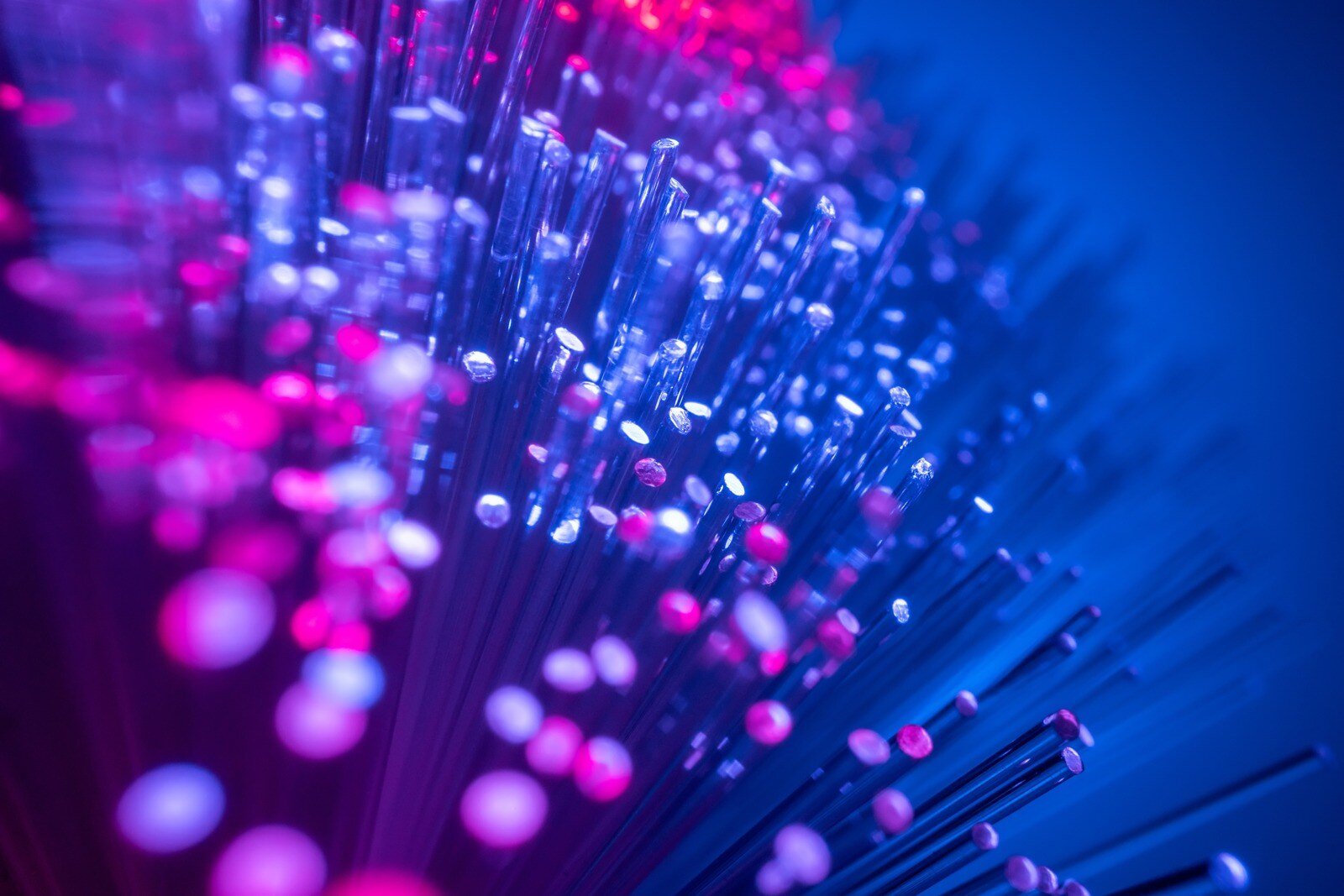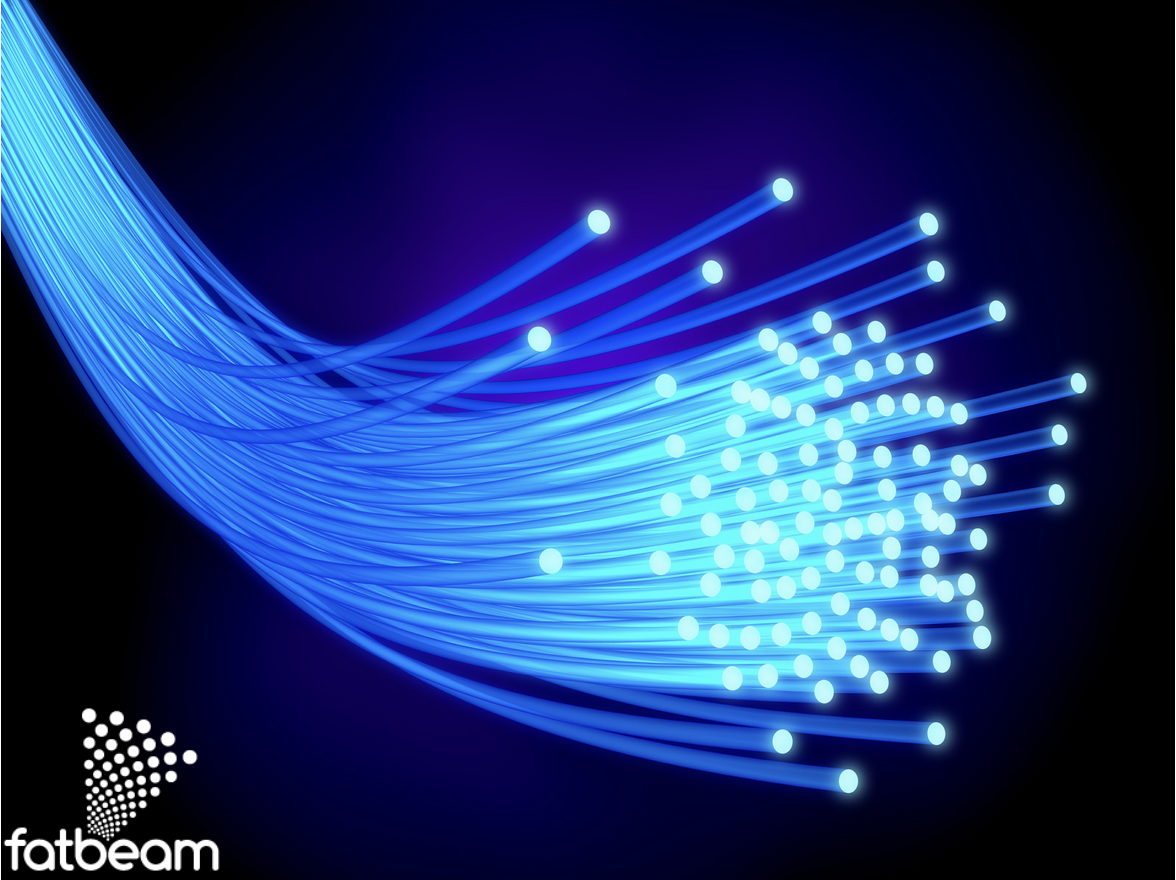As businesses grow and bandwidth demands increase, choosing the right optical technology for your network is a must. However, it can be difficult to determine whether CWDM (Coarse Wavelength Division Multiplexing) or DWDM (Dense Wavelength Division Multiplexing) is right for your company’s specific needs without a complete understanding of what these options offer. Let's break it down.
Understanding the Basics: CWDM vs. DWDM
CWDM and DWDM are both forms of Wavelength Division Multiplexing (WDM), a technology that lets internet service providers increase the bandwidth of fiber networks by allowing multiple data streams to transmit over a single optical fiber cable. While they share this concept, CWDM and DWDM differ in how they manage and use wavelengths, which directly impacts their applications.
What Is CWDM?
CWDM multiplexes multiple signals onto a single fiber by using different colors of light, with each color spaced about 20 nanometers apart. This wider spacing means simpler, less expensive equipment – great news for your budget!
What Is DWDM?
DWDM takes things up a notch. It packs data streams much closer together, often as close as 0.8 nanometers apart. This enables DWDM to handle more data, but it needs more sophisticated (and pricier) equipment to do it.

The Key Differences Between CWDM and DWDM
Understanding the difference between CWDM and DWDM can help you make better-informed decisions about your network infrastructure. Here's a closer look at how they stack up:
Channel Spacing and Capacity
CWDM typically supports up to 18 channels, each carrying data at speeds up to 10 Gbps. For most businesses, that's plenty of capacity to work with.
DWDM's narrow channel spacing allows for 80 or more channels, each carrying 10 Gbps or more. That's a massive amount of data capacity, but for many businesses, it might be more than you need.
Distance and Signal Amplification
CWDM works best for shorter distances, typically up to about 50 miles. Its wider channel spacing results in the data signals degrading over longer distances, but it's great for connecting offices across a city or nearby cities.
DWDM is designed for long-haul transmission, which can be hundreds or even thousands of miles. Additionally, DWDM systems incorporate signal amplification and regeneration technologies, so the signal quality doesn’t degrade over long distances. This makes it ideal for long-distance, high-capacity networks, like connecting data centers across countries.
Cost Considerations
CWDM systems are generally less expensive to set up and maintain than DWDM systems. And because the equipment is simpler and uses less power, it can mean lower electricity bills, too.
DWDM is more powerful, but that power comes at a price. The equipment is more sophisticated and expensive, and it uses more energy. For some organizations, the extra capacity is worth the cost. However, for many businesses, CWDM offers an ideal balance between performance and affordability.

Applications
CWDM is the go-to choice for city-wide networks and business setups that require moderate data capacity and affordability. It's perfect for connecting multiple offices across a metro area.
DWDM is preferred for cross-country telecommunications, undersea cable systems, and connecting high-throughput data centers that need to share massive amounts of information.
Why Should You Care About the Difference Between CWDM and DWDM?
Choosing between CWDM and DWDM isn't just a technical decision – it's about setting your business up for success. Here's why it matters:
Future-Proofing Your Network
Investing in the right optical technology today can save your business from costly upgrades and scalability issues later. If you're expecting rapid growth, DWDM's higher capacity might be the way to go. For businesses with stable or moderate growth, CWDM offers a smart, cost-effective solution.
Maximizing ROI
Aligning your network infrastructure with your business needs can help you maximize your return on investment (ROI). DWDM's upfront costs might seem steep, but if you need high bandwidth over long distances, it could pay off in the long run. Conversely, CWDM provides a budget-friendly option that still packs a punch for many businesses.
Enhancing Business Operations
A well-designed network infrastructure keeps your business running smoothly. Whether you choose CWDM or DWDM, you're investing in better connectivity, improved performance, and the reliability your business needs to thrive.

CWDM vs. DWDM: Find the Right Fit for Your Business With Fatbeam
Both CWDM and DWDM technologies have their strengths, and picking the right one for your network can make a big difference in scalability, performance, and cost-effectiveness. By thinking about your current and future bandwidth needs, distance requirements, and budget, you can choose the technology that will best support your business goals and keep you competitive in today's digital world.
At Fatbeam Fiber, we're not just another internet provider – we're your partners in unleashing the full potential of fiber for your business. Whether you're looking to implement a CWDM or DWDM system, our team of experts is here to help you choose a fiber optic solution that fits your company’s unique needs.
Ready for reliable service backed by responsive customer support? Get in touch with the Fatbeam team today.


